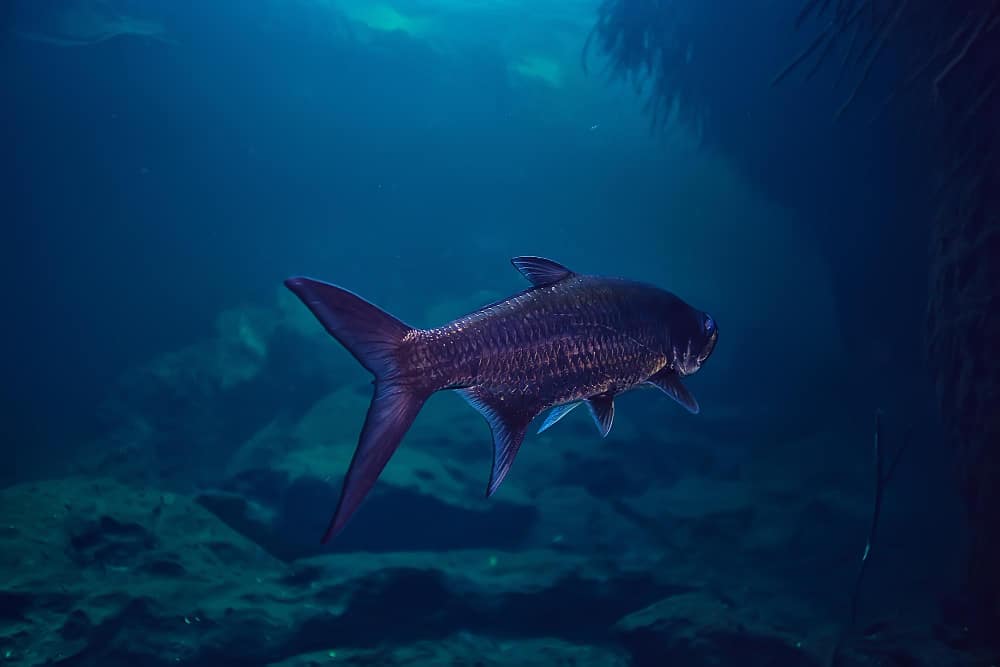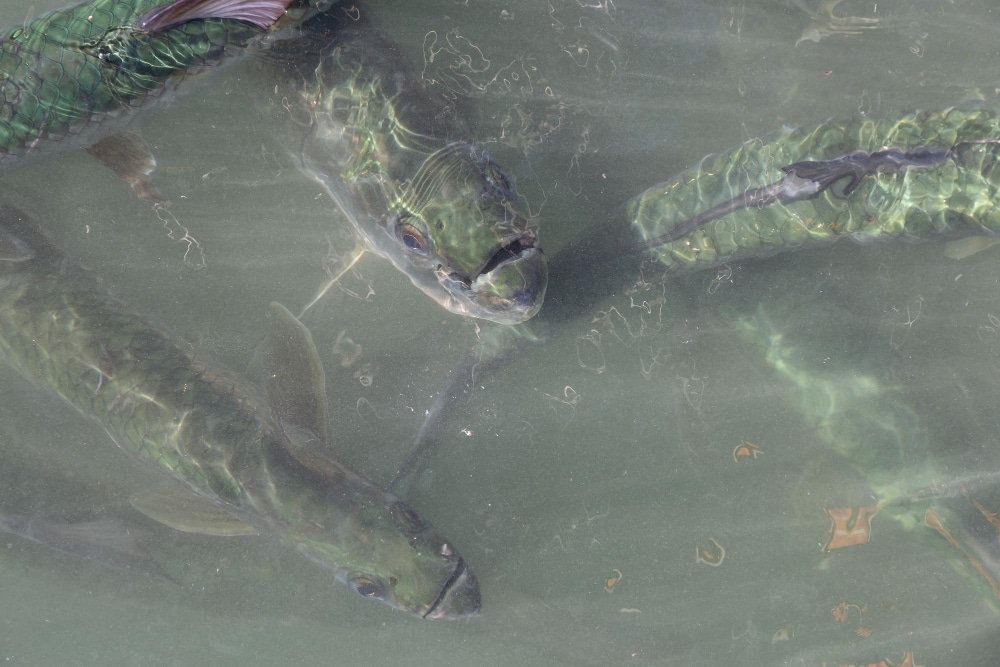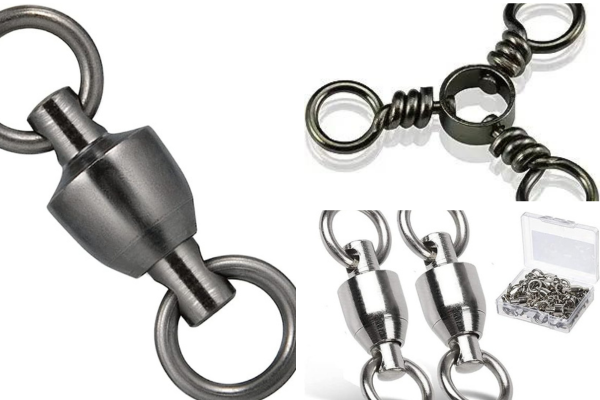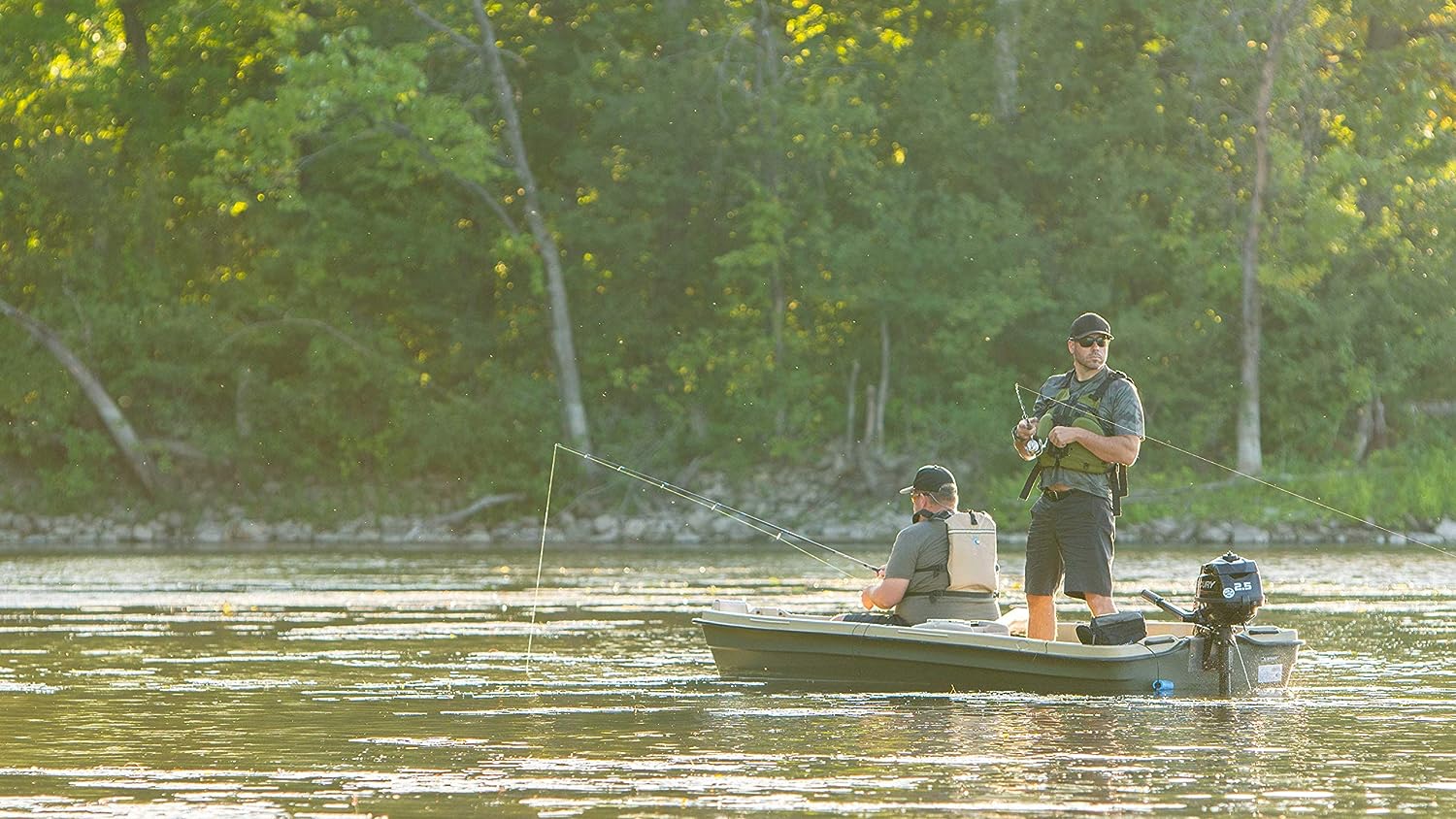Tarpon fishing in Florida is a truly unique experience. They fight hard and can grow up to eight feet long and 200 pounds. And they’re not easy to catch – you’ll need to be prepared and have the right gear if you want any chance of landing one of these magnificent creatures.
Luckily, we’ve put together this comprehensive guide that covers everything you need to know about tarpon fishing in Florida. We’ll cover the best bait to use, the best lures, and how to hook a tarpon so you can have the most successful (and enjoyable) experience possible.
Natural and Live Bait

When it comes to natural bait, live crabs and shrimp are the best options for catching tarpon. The key is to make sure your crab or shrimp is still alive when you start fishing; tarpon can be very finicky eaters and won’t bite if they don’t think the food is fresh. If you’re using live bait, simply hook the crab or shrimp through the back so it can still swim around freely. This will entice the tarpon to bite.
It is important to keep your bait fresh by keeping it in a live well or holding it in an aerated container. You should also change your bait often so that the tarpon does not get accustomed to the same smell.
Suggested Reading: Fishing Equipment You Never Knew You Needed
Artificial Lures
If you’d rather use artificial lures, then mullet imitations are your best bet. Tarpon love eating mullet, so anything that resembles this fish will trigger their predatory instincts. The great thing about using lures is that you don’t have to worry about keeping your bait alive – simply cast your line out and wait for a bite.
There are also a variety of artificial lures that can be effective when tarpon fishing in Florida. One popular option is the Gator spoon, which is designed to mimic the movement of a small fish or baitfish.
Another option is the Doctor Spoon or Mirrolure 65M, which features a bright, reflective finish that can attract tarpon from a distance. Finally, the Rapala Magnum is a large lure that is ideal for targeting trophy-sized tarpon.
While all of these lures can be effective, it is important to experiment with different colors and sizes to find what works best in any given situation.
Top 3 Tarpon Fishing Spots in Florida
Florida is a fisherman’s paradise. From the Keys to the Panhandle, there’s no shortage of spots to drop a line. But if you’re looking to tangle with a tarpon, there are three spots in particular that stand out above the rest: Tom’s Harbor, Seven Mile Bridge, and Boca Grande. Keep reading to learn more about each of these prime tarpon fishing spots.
Tom’s Harbor
Tom’s Harbor is located in the heart of the Indian River Lagoon on Florida’s east coast. It’s an ideal spot for tarpon fishing because the lagoon provides shelter from strong currents and waves. There are also plenty of fish resources in the lagoon for tarpon to feed on, so you’re sure to have a productive day on the water.
Seven Mile Bridge
The Seven Mile Bridge is one of the longest bridges in existence, stretching from Knight’s Key (in the Middle Keys) to Little Duck Key (in the Lower Keys). This span of open water is a great place to fish for tarpon because there are no obstacle structures for them to hide behind. The downside is that you’ll need a boat to access this spot, as it’s not possible to fish from the bridge itself.
Boca Grande
Boca Grande is a small island com犀利士
munity located on Gasparilla Island on Florida’s southwest coast. It’s considered by many to be the tarpon fishing capital of the world due to the large number of trophy-sized fish that are caught here each year. Boca Grande is also unique in that it has both deep and shallow waters, so you can adjust your strategy based on what kind of fish you’re hoping to catch.
Best Times To Catch Tarpon in Florida

Spring and summer are generally considered the best time to go after tarpon. However, peak months can vary depending on what area of Florida you’ll be fishing in. For example, the month of May is prime tarpon season in Tampa Bay while June signals the start of tarpon season in Key West.
Your success also depends on other factors like tide, weather, and water clarity. So even if you’re fishing during what should be a prime time, you may want to experiment with different times of day until you find what works best for the conditions you’re fishing in.
It’s worth noting that even if you don’t make it during peak season, you can still find some tarpon in Florida waters year-round. However, your chances of success will be much higher if you time your trip right and fish during peak season.
Final Thought
Now that you know everything there is to know about tarpon fishing in Florida—it’s time to get out there and start fishing! Remember to use the right bait and try to hook them through the lower jaw for more control. With a little practice, you’ll be an expert angler in no time!
Share the Love
If you found this post useful, please let others know about it by sharing it.
Related Posts
If you found this post useful, please explore others posts.


